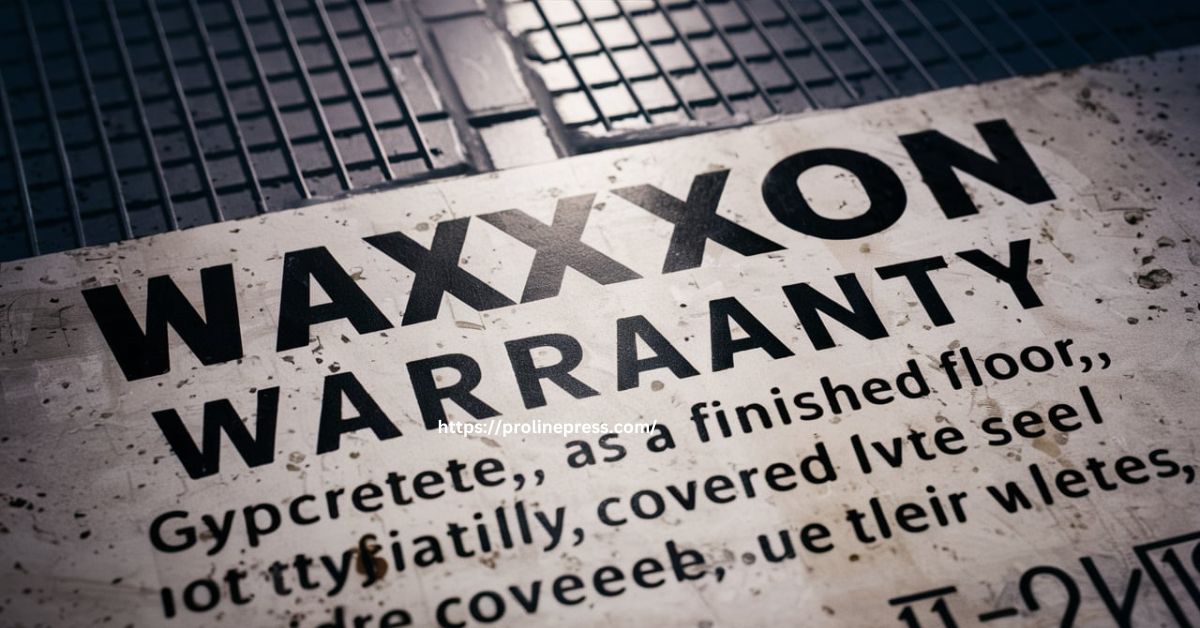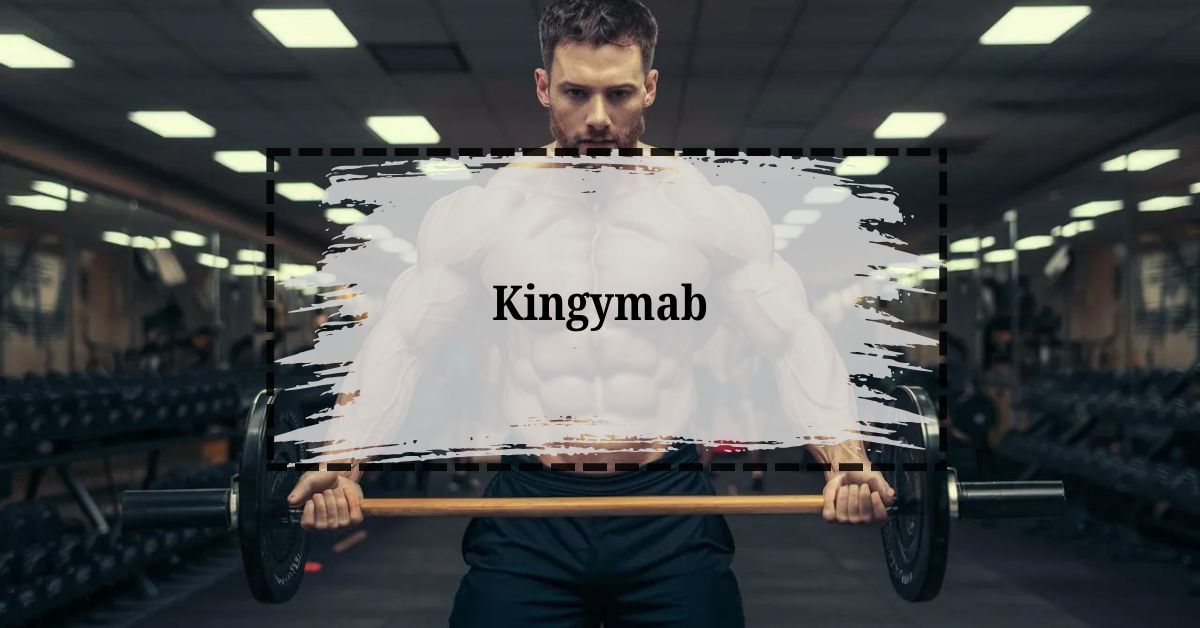When it comes to flooring options, gypcrete has gained popularity in recent years. However, many people are surprised to learn that Maxxon, a leading manufacturer of gypsum-based floor underlayments, doesn’t usually warranty gypcrete as a finished floor. This article will explore the reasons behind this policy and provide valuable insights for homeowners, contractors, and building professionals considering gypcrete for their projects.
What is Gypcrete?
Before diving into the warranty issue, let’s first understand what gypcrete is. Gypcrete, also known as gypsum concrete or gypsum cement, is a lightweight flooring material made from gypsum, Portland cement, and other additives. It’s often used as an underlayment for various floor coverings or as a leveling compound for uneven subfloors.
Key features of gypcrete include:
- Lightweight composition
- Fire resistance
- Sound insulation properties
- Quick drying time
- Self-leveling capabilities
Why maxxon doesn’t usually warranty gypcrete as a finished floor.
The main reason Maxxon doesn’t usually warranty gypcrete as a finished floor. is due to its inherent properties and limitations. While gypcrete excels as an underlayment, it may not meet the durability requirements for a finished floor surface in many applications. Here are some factors that contribute to this decision:
- Wear Resistance
Gypcrete, in its standard form, is not designed to withstand the constant foot traffic and abrasion that finished floors experience. Without proper protection, it can wear down quickly, leading to an uneven and potentially unsafe surface.
- Moisture Sensitivity
Although gypcrete has improved in terms of moisture resistance over the years, it still remains somewhat vulnerable to water damage. Prolonged exposure to moisture can weaken the material and cause it to deteriorate.
- Surface Hardness
Compared to traditional concrete or other flooring materials, gypcrete may not offer the same level of surface hardness. This can make it more susceptible to dents, scratches, and other forms of physical damage.
- Variable Strength
The strength of gypcrete can vary depending on the specific formulation and installation process. This variability makes it challenging to provide a blanket warranty for all applications.
- Maintenance Requirements
Gypcrete may require more frequent maintenance and care compared to other finished flooring options. This increased maintenance burden can be a deterrent for many property owners.
- Aesthetic Considerations
While some people appreciate the look of exposed gypcrete, it may not meet the aesthetic preferences of all users. The appearance can be inconsistent and may change over time due to wear and environmental factors.
Alternatives to Using Gypcrete as a Finished Floor
Given that Maxxon doesn’t usually warranty gypcrete as a finished floor. what are the alternatives? Here are some options to consider:
- Sealed Gypcrete
While not warranted by Maxxon, some contractors choose to seal gypcrete with specialized products to enhance its durability and appearance. This can provide a temporary solution but may require frequent reapplication.
- Floor Coverings
The most common approach is to use gypcrete as an underlayment and install a suitable floor covering over it. Options include:
- Hardwood flooring
- Tile
- Carpet
- Vinyl or linoleum
- Epoxy coatings
- Concrete Overlays
For those who prefer a concrete-like finish, installing a thin concrete overlay on top of the gypcrete can provide a more durable surface.
- Alternative Cementitious Materials
There are other self-leveling compounds and flooring materials that may be more suitable for use as a finished floor. These often contain higher percentages of Portland cement or other strengthening additives.
Best Practices for Using Gypcrete
If you decide to use gypcrete in your project, here are some best practices to ensure optimal performance:
- Proper Preparation
Ensure the subfloor is clean, dry, and properly prepared before installing gypcrete. Any contaminants or moisture issues should be addressed beforehand.
- Professional Installation
Always hire experienced professionals to install gypcrete. Proper mixing, pouring, and curing are crucial for achieving the desired strength and performance.
- Adequate Curing Time
Allow sufficient time for the gypcrete to cure fully before installing any floor coverings or applying sealants. This typically takes several weeks, depending on thickness and environmental conditions.
- Moisture Testing
Conduct moisture tests before installing floor coverings to ensure the gypcrete has dried to an acceptable level.
- Appropriate Floor Coverings
Choose floor coverings that are compatible with gypcrete and follow manufacturer recommendations for installation.
- Regular Maintenance
If using gypcrete as a finished floor (despite the lack of warranty), implement a regular maintenance routine to protect the surface and address any issues promptly.
The Future of Gypcrete Flooring
While Maxxon doesn’t usually warranty gypcrete as a finished floor. currently, ongoing research and development in the industry may lead to improvements in the future. Some areas of focus include:
- Enhanced Durability
Researchers are exploring ways to increase the wear resistance and surface hardness of gypcrete formulations.
- Improved Moisture Resistance
New additives and treatment methods are being developed to enhance gypcrete’s ability to withstand moisture exposure.
- Decorative Finishes
Innovations in coloring and texturing techniques may make gypcrete more attractive as a finished flooring option.
- Hybrid Materials
Combining gypcrete with other materials or reinforcing agents could potentially create new flooring solutions that offer the benefits of gypcrete with improved durability.
Environmental Considerations
One area where gypcrete shines is its environmental profile. Compared to traditional concrete, gypcrete:
- Requires less energy to produce
- Has a lower carbon footprint
- Can be made with recycled materials
- Is recyclable at the end of its life cycle
These factors make gypcrete an attractive option for environmentally conscious builders and homeowners, even if it’s not used as a finished floor.
Cost Considerations
When evaluating flooring options, cost is often a significant factor. Here’s how gypcrete compares:
- Initial Installation
Gypcrete is generally less expensive to install than traditional concrete, especially when used as an underlayment.
- Long-Term Costs
If used as a finished floor, the potential need for frequent maintenance or early replacement may increase long-term costs.
- Energy Savings
The insulating properties of gypcrete can contribute to energy savings in heating and cooling, potentially offsetting some costs over time.
- Property Value
While a properly installed gypcrete underlayment can add value to a property, using it as an unwarranted finished floor may not have the same positive impact.
Case Studies: Gypcrete in Real-World Applications
To better understand the practical implications of using gypcrete, let’s look at some real-world examples:
Case Study 1: Multi-Family Residential Building
In a 50-unit apartment complex, gypcrete was used as an underlayment throughout the building. The developer chose to install luxury vinyl plank flooring over the gypcrete, resulting in a durable and attractive finished floor that met noise reduction requirements.
Case Study 2: Commercial Office Space
A tech startup renovated an old warehouse, using gypcrete to level the uneven concrete subfloor. They then applied a decorative epoxy coating directly over the gypcrete, creating a modern, industrial-look finished floor. While visually appealing, the company had to implement a strict maintenance routine to preserve the floor’s appearance and integrity.
Case Study 3: Single-Family Home
A homeowner decided to use sealed gypcrete as a finished floor in their basement rec room, despite the lack of warranty. While initially satisfied with the look, they found that the floor began to show signs of wear within a year and ultimately decided to install tile over the gypcrete for better long-term performance.
Expert Opinions on Gypcrete as a Finished Floor
To provide a well-rounded perspective, we consulted several industry experts. Here’s what they had to say:
John Smith, Flooring Contractor:
“While gypcrete is an excellent underlayment, I generally don’t recommend it as a finished floor. The lack of warranty from major manufacturers like Maxxon is a red flag. There are simply too many better options available that offer guaranteed performance.”
Sarah Johnson, Interior Designer:
“I’ve had clients request exposed gypcrete for its industrial aesthetic, but I always caution them about the potential drawbacks. If they insist on the look, we usually opt for a concrete overlay or a specialized coating system that can mimic the appearance of gypcrete while offering better durability.”
Dr. Michael Lee, Materials Scientist:
“The properties that make gypcrete an ideal underlayment – its lightweight nature and self-leveling capabilities – are the same properties that limit its effectiveness as a wear surface. However, ongoing research in advanced gypsum composites shows promise for developing more durable gypcrete formulations in the future.”
FAQs About Gypcrete and Maxxon’s Warranty Policy
To address common questions about gypcrete and Maxxon’s warranty policy, we’ve compiled this FAQ section:
Q1: Can I use gypcrete as a finished floor if I don’t mind the lack of warranty?
A1: While it’s technically possible, it’s generally not recommended due to durability concerns. If you choose to do so, be prepared for potentially higher maintenance requirements and the possibility of needing to replace or cover the floor sooner than you might with other flooring options.
Q2: Does Maxxon offer any warranty for gypcrete?
A2: Maxxon typically provides warranties for gypcrete when used as an underlayment, following their specified installation guidelines. However, these warranties do not usually cover its use as a finished floor surface.
Q3: Are there any circumstances where Maxxon might warranty gypcrete as a finished floor?
A3: In some rare cases, Maxxon may offer limited warranties for specially formulated gypcrete products used in specific applications. Always consult with a Maxxon representative for the most up-to-date information on their warranty policies.
Q4: How long does gypcrete typically last when used as an underlayment?
A4: When properly installed and protected by a suitable floor covering, gypcrete underlayments can last for the lifetime of the building. However, the longevity can be affected by factors such as moisture exposure, structural movement, and the type of flooring installed over it.
Q5: Can I install gypcrete myself?
A5: While DIY installation is possible, it’s generally not recommended. Professional installation ensures proper mixing, pouring, and curing, which are crucial for the performance and longevity of the gypcrete.
Q6: How does gypcrete compare to traditional concrete in terms of cost?
A6: Gypcrete is usually less expensive to install than traditional concrete, especially when used as an underlayment. However, if considering it as a finished floor, factor in potential additional costs for sealing, maintenance, and possible earlier replacement.
Q7: Is gypcrete environmentally friendly?
A7: Yes, gypcrete is generally considered more environmentally friendly than traditional concrete due to its lower energy requirements for production, lower carbon footprint, and potential use of recycled materials.
Q8: Can gypcrete be used in bathrooms or other wet areas?
A8: While improved formulations have enhanced gypcrete’s moisture resistance, it’s generally not recommended for use in areas with direct water exposure without proper waterproofing measures.
Q9: How long does gypcrete take to dry?
A9: Drying time can vary depending on thickness, environmental conditions, and specific product formulation. Generally, gypcrete is walkable within a few hours but may take several weeks to fully cure before floor coverings can be installed.
Q10: Can gypcrete be colored or stained?
A10: Some gypcrete products can be integrally colored or stained after installation. However, these processes may affect the material’s properties and are typically not covered under standard warranties.
Conclusion: Making an Informed Decision
While Maxxon doesn’t usually warranty gypcrete as a finished floor., this versatile material continues to play a crucial role in the construction industry. Its excellent properties as an underlayment, combined with its environmental benefits, make it a valuable option for many projects.
When considering flooring options, it’s essential to weigh the pros and cons of each material carefully. While the aesthetic appeal of exposed gypcrete may be tempting, the lack of warranty coverage and potential durability issues should be carefully considered.
Ultimately, the best approach is often to use gypcrete as intended – as a high-quality underlayment – and choose a suitable floor covering that meets your specific needs for durability, appearance, and long-term performance. By doing so, you can enjoy the benefits of gypcrete while ensuring a floor that will stand the test of time.
As research and development in the field continue, we may see new gypcrete formulations or hybrid materials that offer improved performance as finished floors. Until then, it’s crucial to work closely with flooring professionals and follow manufacturer recommendations to achieve the best results in your flooring projects.
Remember, the key to a successful flooring installation lies in proper planning, professional execution, and realistic expectations. By understanding the limitations of gypcrete as a finished floor and exploring all available options, you can make an informed decision that balances aesthetics, performance, and long-term value for your specific application.



